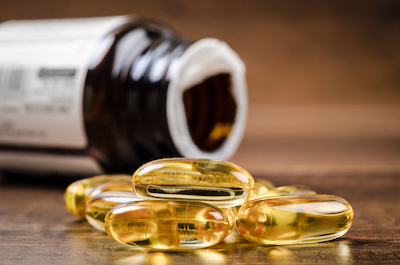Around one in six Americans have triglycerides over 200 mg/dL, and this is becoming increasingly common all over the world because of the rising rates of obesity and diabetes. Mounting evidence suggests that physicians should turn to omega-3 fatty acids for triglyceride support.

The American Heart Association recently issued an article in the journal Circulation about the efficacy of using omega-3 fatty acids eicosapentaenoic acid (EPA) and docosahexaenoic acid (DHA) for supporting healthy, normal triglyceride levels.
Since 2002, prescription agents containing either EPA and DHA or EPA on its own have been approved by the FDA, and are being used widely. Doses of 4g/d of EPA and DHA can lower triglycerides by up to 30%, with concurrent increases in low-density lipoprotein cholesterol, whereas when EPA was used alone, low-density lipoprotein cholesterol did not increase in those with very high triglycerides.
The use of the omega-3 fatty acids at levels of 4 g/d modestly decreased non-high density lipoprotein cholesterol and apolipoprotein B, indicating reductions in the total lipoproteins that promote atherosclerosis. In fact, the use of this dosage for improving atherosclerotic cardiovascular disease risk in those with hypertriglyceridemia is supported by a 25% reduction in major adverse cardiovascular events in patients taking a statin.
The American Heart Association concludes that a dose of 4 g per day of EPA and DHA is an effective and safe option for reducing triglycerides on its own, or in combination with other lipid-lowering agents.
Editor’s Note: In recent months that AHA has made recommendations that the public should avoid Omega-3 dietary supplements and rely on prescription Omega-3 fatty acids. Today’s Practitioner is awaiting commentary from Dr. Alex Vasquez to discuss the AHA’s guidelines.




